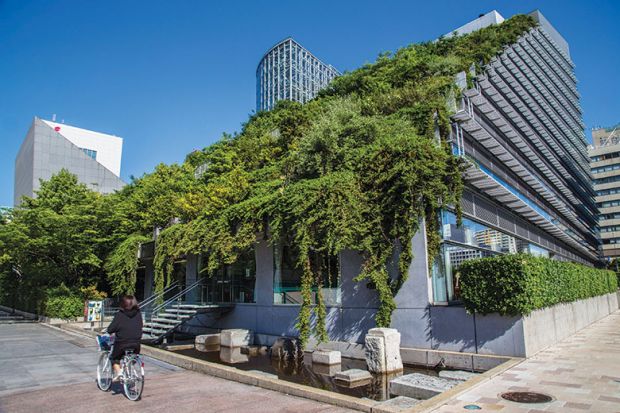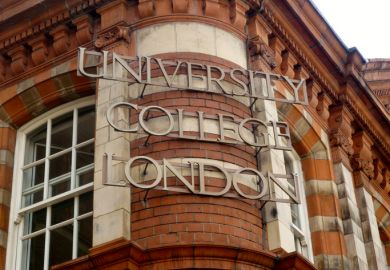Late on in Ihnji Jon’s intriguing book, there is a quote from Mohamed Gnabaly, mayor of the banlieue of Seine-Saint-Denis, at Paris’ north-eastern edge. The problem with doing ecology in the city, he says, is the differing understanding of ecological time among its inhabitants. There are the better-off, whose concerns are “the end of the world”. And then there is everyone else, for whom the “end of the month” is more pressing.
Gnabaly’s task, writes Jon, is “to narrow the time gap” by finding ecological value in everyday urban life. As Gnabaly puts it, “Banlieue culture, that’s to live on limited means, and that is also what ecology means.”
This is a brief episode in Jon’s book, but an important one. It describes a move beyond unresolvable dichotomies (human/non-human, nature/culture and so on) in favour of “co-development/co-evolution”. This is the “new ecology” of the subtitle. It expresses a fundamental pragmatism, an argument for working with, rather than against, prevailing cultures. It also forms the central thesis of the book: that cities, rather than nation states or neighbourhoods, should be the primary site of environmental action.
Chapters 2 and 5 are convincing about cities’ fundamental advantages. Embodying both pragmatism and complexity, they are anti-essentialist by nature. Jon builds her argument for cities partly through some familiar urban theory, so the “spiritual” case for cities in chapter 5 invokes Lewis Mumford and Marshall Berman in ways familiar to readers of recent pro-urban polemics. The city here is an a priori good.
The middle part of the book develops the argument through a series of case studies drawn from fieldwork in Darwin, Cape Town, Tulsa and Cleveland. Here Jon shows how a pragmatic environmentalism might be adopted by cities with highly divergent and often sceptical electorates. Her argument about environmental crises in these cities is one of the more compelling parts of the book. Cleveland’s Cuyahoga River, so toxic that it caught fire in 1969, or Cape Town’s 2018 “Day Zero” water crisis do not have to be seen as disasters, Jon writes, but rather as moments that usefully reveal human frailty, and the need for collective action. As she describes, crisis can drive progress.
The straightforward pragmatism of these case studies sits somewhat uneasily with the Deleuzian theory of the book’s framing chapters. I also wanted to know more about the misanthropic anti-urbanism that haunts environmentalism and is targeted here (the other side of the case for cities). But this is a lively and nuanced introduction to a dynamic area, as well as an unusually hopeful one. Indeed, Jon is determined that it should be a positive argument, despite the topic. “The truth of the matter”, she writes in the concluding chapter, “is that I have become tired of the persistent discourse on how the world is coming to an end…Should we be robbed of our rights to remain hopeful just because we happen to exist in the world?”
Richard J. Williams is professor of contemporary visual cultures at the University of Edinburgh. His latest book, The Culture Factory: Architecture and the Contemporary Art Museum, will be published in October.
Cities in the Anthropocene: New Ecology and Urban Politics
By Ihnji Jon
Pluto, 208pp, £75.00 and £19.99
ISBN 9780745341491 and 9780745341507
Published 20 July 2021
Register to continue
Why register?
- Registration is free and only takes a moment
- Once registered, you can read 3 articles a month
- Sign up for our newsletter
Subscribe
Or subscribe for unlimited access to:
- Unlimited access to news, views, insights & reviews
- Digital editions
- Digital access to THE’s university and college rankings analysis
Already registered or a current subscriber? Login








